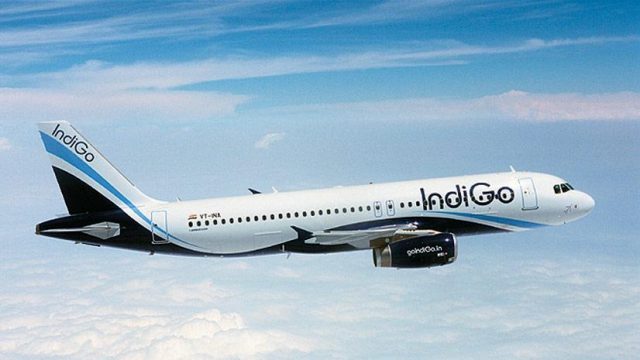I slept through most of my four-hour flight, IndiGo’s very first Delhi-Bangkok connection — a red-eye with a 5.30am departure to accommodate the strict check-in times at hotels in the destination city. But I’m happy to report that I slept like a baby. In the few minutes it took to stow my handbag and sink into my seat, a comforting IndiGo-ness had set in. The coordinates were familiar — a clean, single-aisle aircraft that smelt new, jolly airhostesses in overalls and hair coiled into off-centre buns, cheeky drills (“Ladies and gentlemen, boys and girls…”) and an on-the-dot take-off.
The writing was on the wall: stick to the tried-and-tested, no-frills formula that the domestic operations have honed into shape over the past five years, then tweak the food menu some and table a selection of alcoholic beverages. No hot meals or drinks; no in-flight entertainment. But when the trade-off is between taped sitcoms on a four-hour haul and return tickets for Rs 9,999, I know what I’d put my money on. And the proof of the pudding was… not in the missing ‘gratuitous’ croissant, but in the nearly full debut flight, peopled mostly by first-time fliers and traders from saddi Dilli.
So will the low-cost carrier remain low cost in the long run, even on the international circuit? Or are the shockingly cheap fares an introductory carrot? Not at all, insists Aditya Ghosh, President of IndiGo. The rock-bottom prices are here to stay. And the battle lines — on the fare front — are drawn. With connections to popular destinations such as Bangkok, Dubai, Muscat and Singapore from Delhi and Mumbai, plus flights to Kathmandu and Jeddah and connections from Kolkata on the radar, not only is IndiGo competing with other low-cost operators such as Air Asia, Air India Express, SpiceJet and Air Arabia, but it’s also forcing the full-service airlines to reconsider their fare structures. In fact, there’s a strong sense of déjà vu — a replay of the times when the arrival of low-cost airlines in India rocked the boat and forced the fares to plummet across board.
For onward connections, IndiGo is banking on connecting inbound passengers to cities across India, including two- and three-tier towns. Although it will be a while before it can hold its own on the outbound routes against established players like Air Asia, which has a tracery of flightpaths in Southeast Asia and parts of Europe. For now, the average punter in Bangkok, who’s possibly never heard of IndiGo, a publicity blitzkrieg awaits. Whether they bite the bait is another matter altogether.




